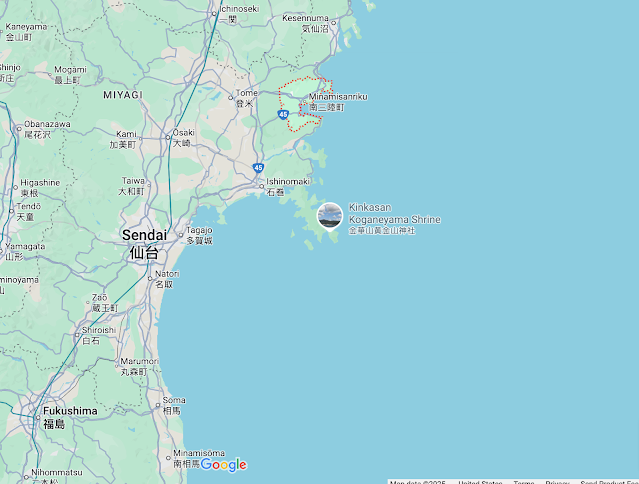For The Associated Press Jonathan Fahey and Ray Henry have an excellent story
here about the problem America shares with Japan: "US Spent-Fuel Storage Sites Are Packed".
Nearly 72,000 tons of dangerous waste is being stored all over the US at reactor sites, 75 percent of it in vulnerable cooling pools just like Japan's.
We could have started moving it to Yucca Mountain long ago, but an unholy alliance between Nevada's people, its Senator Harry Reid of Obamacare fame, and President Obama himself keep the radioactive waste exposed to misfortune, mayhem and mischief in places like Illinois, Pennsylvania, South Carolina, New York and North Carolina, the top five states storing spent nuclear fuel totaling over 27,000 tons:
For long-term storage, the government had looked to Yucca Mountain. It was designed to hold 77,160 tons - 69,444 tons designated for commercial waste and 7,716 for military waste. That means the current inventory already exceeds Yucca's original planned capacity.
A 1982 law gave the federal government responsibility for the long-term storage of nuclear waste and promised to start accepting waste in 1998. After 20 years of study, Congress passed a law in 2002 to build a nuclear waste repository deep in Yucca Mountain.
The federal government spent $9 billion developing the project, but the Obama administration has cut funding and recalled the license application to build it. Nevadans have fiercely opposed Yucca Mountain, though a collection of state governments and others are taking legal action to reverse the decision.
Despite his Yucca Mountain decision, President Barack Obama wants to expand nuclear power. He created a commission last year to come up with a long-term nuclear waste plan. Initial findings are expected this summer, with a final plan expected in January.
Obama the feckless simply kicks that can down the road while he globe trots with GE's chairman Jeff Immelt in search of deals for GE's nuclear reactor business, for example in India which has had plans to spend tens of billions of dollars on nuclear, and most recently in Brazil.
In exchange look for Obama to get GE to finance his presidential library and millions in walking around money for his future "charitable" foundation which will rival Bill Clinton's.
For every operational 1000 megawatt nuclear plant a year, another 25-30 tons of the stuff piles up with no place to go.
And with Obama in charge, nowhere is where it's at.





